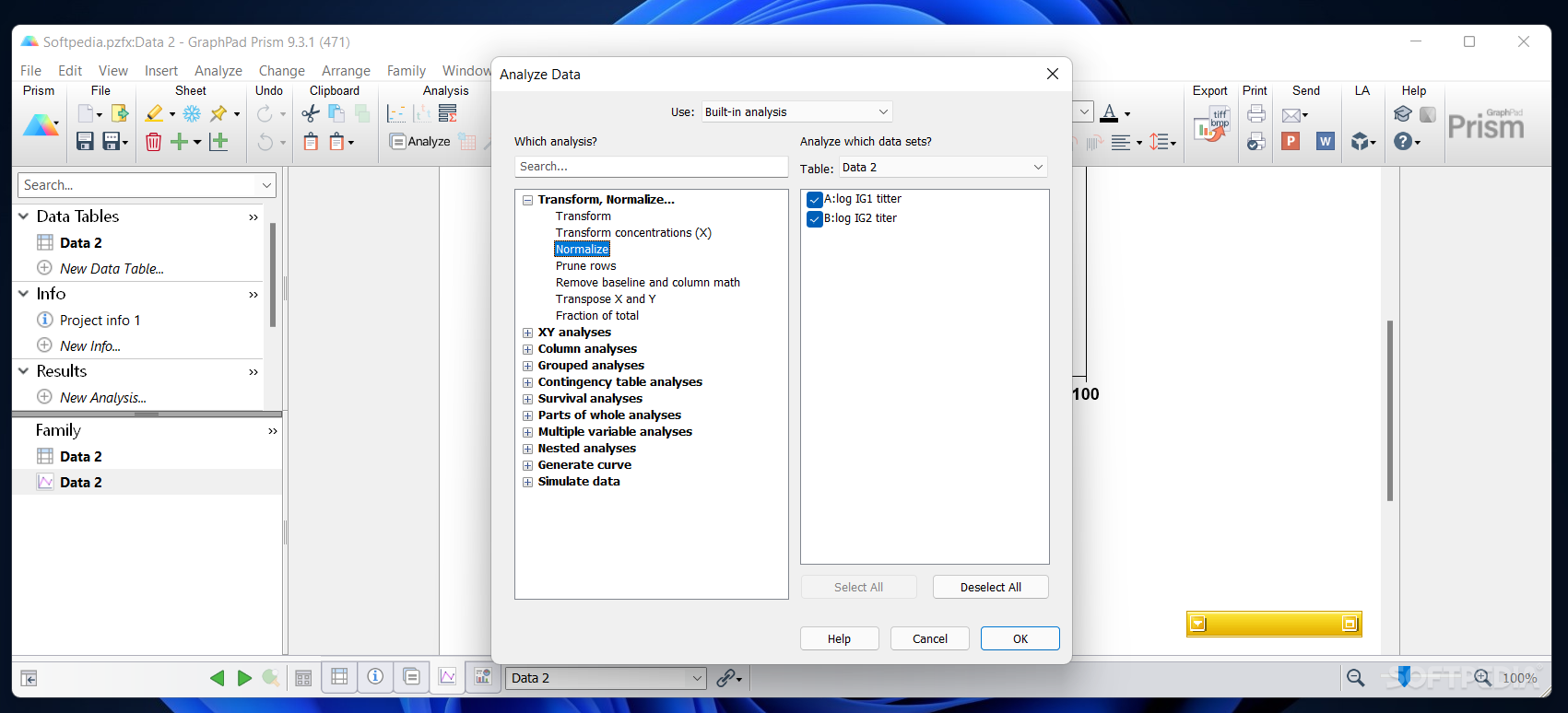
Example heatmap from Google Maps documentationĮvery click (or other tracking event) is associated with a position, which radiates a small amount of numeric value around its location. For example, tracking tools for websites can be set up to see how users interact with the site, like studying where a user clicks, or how far down a page readers tend to scroll. The term heatmap is also used in a more general sense, where data is not constrained to a grid. The pattern in cell colors across months also shows that rain is more common in the winter from November to March, and least common in the summer months of July and August. From the heat map, we can see from the darkest colorings in the left-most column that most days had no precipitation across the entire year. Each cell reports a numeric count, like in a standard data table, but the count is accompanied by a color, with larger counts associated with darker colorings. The example heatmap above depicts the daily precipitation distribution, grouped by month, and recorded over eleven years in Seattle, Washington. The axis variables are divided into ranges like a bar chart or histogram, and each cell’s color indicates the value of the main variable in the corresponding cell range.

A heatmap (aka heat map) depicts values for a main variable of interest across two axis variables as a grid of colored squares.


 0 kommentar(er)
0 kommentar(er)
